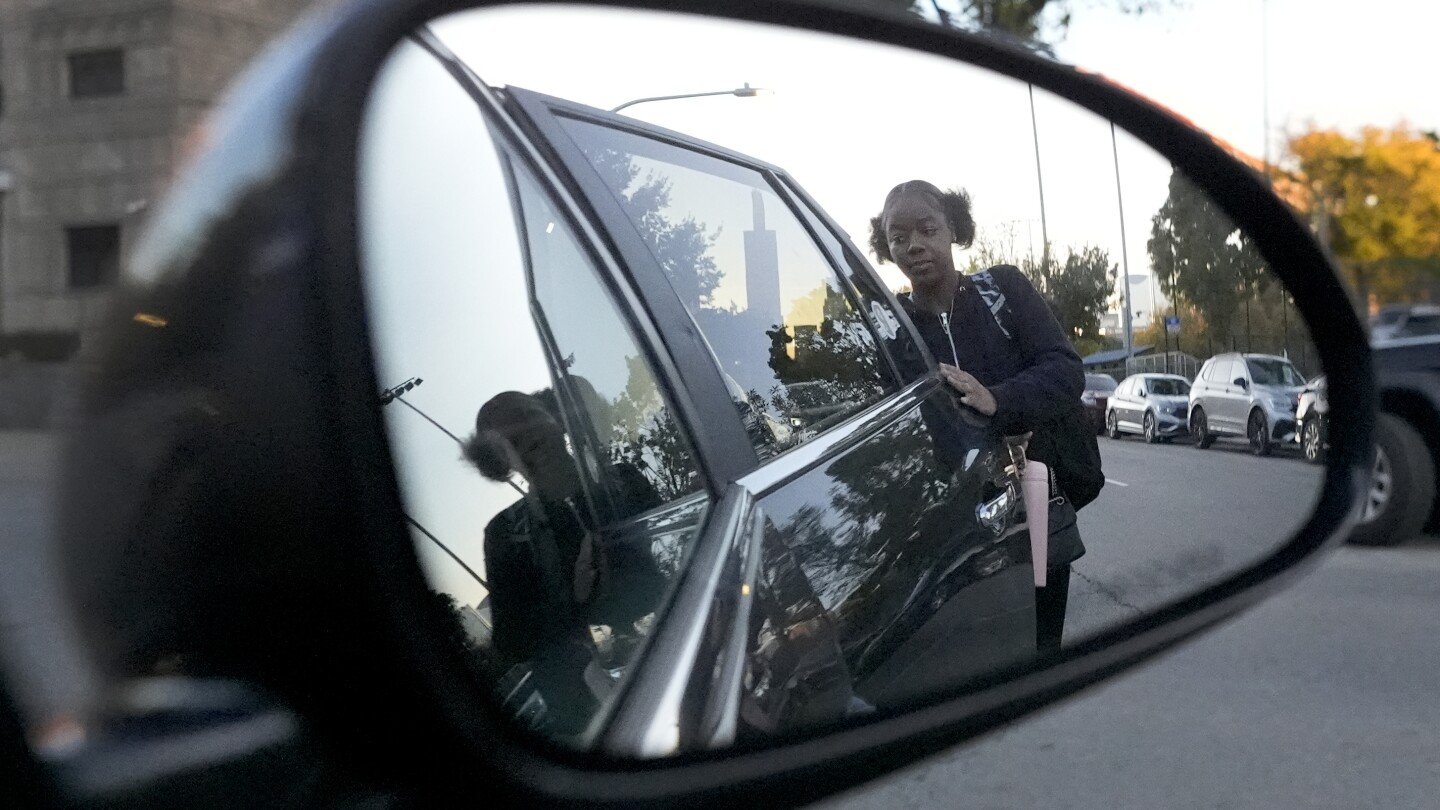Summary
School districts across the U.S. are reducing bus services due to driver shortages and shifting transportation responsibilities to families, disproportionately affecting low-income households.
In Chicago, where only 17,000 of 325,000 students are eligible for buses, parents are turning to alternatives like ride-hailing apps.
Startups such as Piggyback Network and HopSkipDrive provide school transportation by connecting parents or contracting directly with districts, offering safety measures like real-time tracking and driver vetting.
Critics warn these solutions don’t fully address systemic inequities, as many families still struggle to afford or access reliable school transportation.



I assume there wasn’t a walking path even though the school was rather close?
Still sometimes shocked when hearing about how little public transport the U.S. has. I walked home by myself in my last year of primary school, then took the metro/bus in secondary school, which was pretty much normal.
There was no walking path, no. There was, however, a huge stretch of unused farm land between the neighborhood and the school. The owners of the land fought bitterly to prevent access.
Neat.